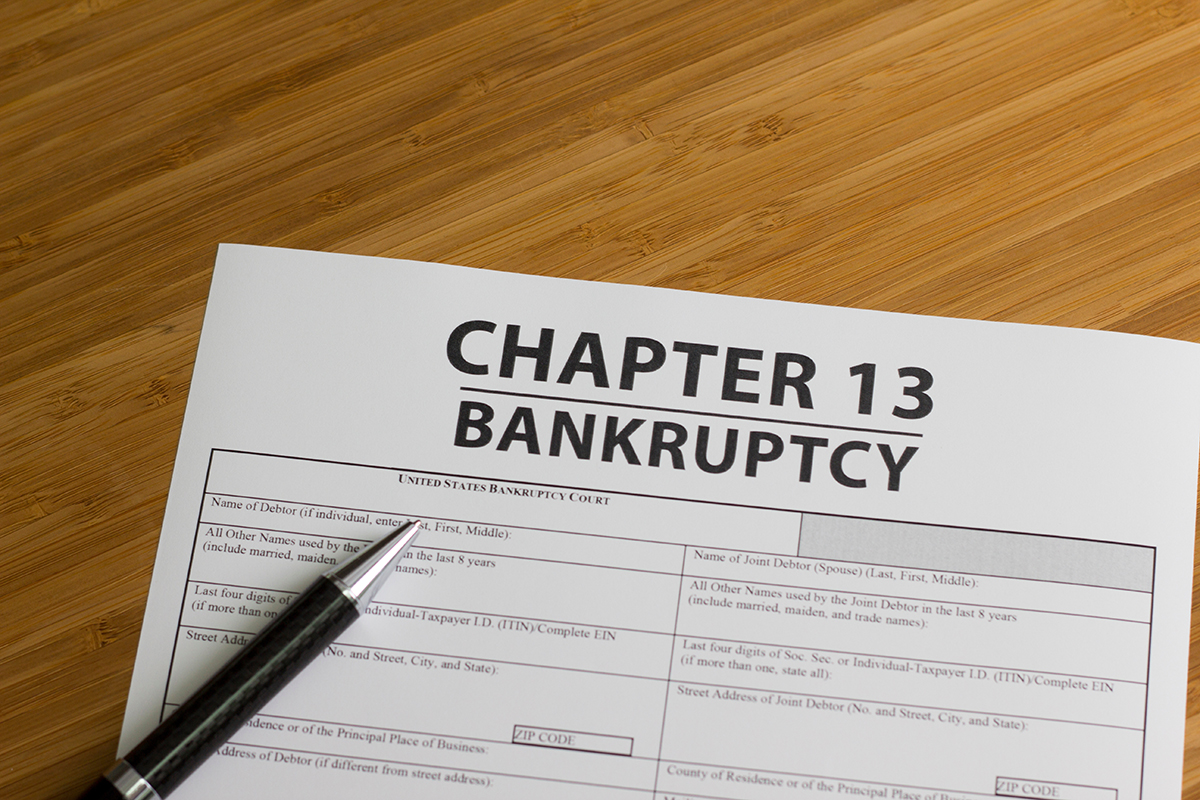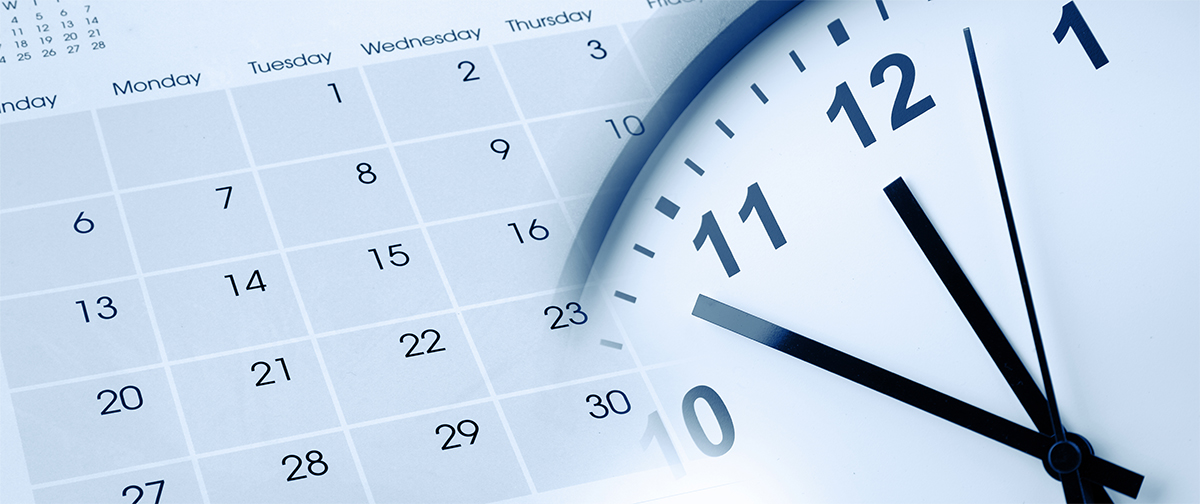Detroit, Michigan
Chapter 13 Lawyer
One of the Best Bankruptcy Attorneys in Detroit, MI
Detroit Service Area
Located Just to the West of Detroit in Dearborn Heights.
23843 Joy Rd
Dearborn Heights, MI 48127
Monday – Friday : 9:00 am – 5:00 pm
Saturdays : 9:30am – 11:30 by phone only
Ann Arbor offers in office appointments as late as 6:30 on Wednesday, but offers over phone late night appointments Mon-Thur
Highly Recommended
Get a Free Consultation
Are you one of those who are struggling with overwhelming debt in Detroit and considering filing for Chapter 13 bankruptcy?
Frego Law’s experienced lawyers can help you navigate the complex legal process and create a manageable repayment plan to get you back on track financially.
Contact Frego Law today to schedule a consultation.
What is Chapter 13 Bankruptcy?
Chapter 13 bankruptcy is a type of debt reorganization that allows individuals or small businesses to restructure debts and create a plan to repay them over a period of three to five years. This type of bankruptcy is often chosen by individuals who have a regular income and want to keep assets, such as a home or car, while also addressing debts.
One of the key benefits of filing for Chapter 13 bankruptcy is that it allows individuals to retain assets and develop a plan to repay debts over time. This is in contrast to Chapter 7 bankruptcy, which involves the liquidation of assets to pay off debts.

Do I Qualify for Chapter 13 Bankruptcy?
A requirement for Chapter 13 bankruptcy is a person filing must have a regular source of income. This can come from employment, self-employment, alimony, or other sources of stable income. The court will need to see that you have enough income to make the proposed payments outlined in your repayment plan.
Your level of debt will also be taken into consideration when determining if you qualify for Chapter 13 bankruptcy. Any individual, even if self-employed or operating an unincorporated business, is eligible for Chapter 13 relief as long as total secured and unsecured debts are less than $2,750,000. 11 U.S.C. § 109(e). [1]
If you have had a previous bankruptcy case dismissed within the past 180 days, you may not be eligible to file for Chapter 13. If you have had a Chapter 13 case discharged within the past two years or a Chapter 7 case discharged within the past four years, you may also be ineligible for Chapter 13 bankruptcy.
What Are the Advantages of Chapter 13 Bankruptcy?
One of the main advantages of Chapter 13 bankruptcy is that it allows individuals to retain property, such as a home or car, as long as they adhere to the terms of the repayment plan. This can provide a sense of relief and security for individuals who are worried about losing important assets.
Chapter 13 bankruptcy can stop foreclosure proceedings and give individuals the opportunity to catch up on mortgage payments over time. This can be a lifeline for homeowners facing the prospect of losing their homes, allowing them to work towards getting back on track with mortgage payments.
Chapter 13 bankruptcy can help individuals restructure debts in a more manageable way. Through the repayment plan, individuals can consolidate and prioritize their debts, making it easier to stay on top of payments and ultimately become debt-free.
Chapter 13 bankruptcy can also provide some protection for co-signers of loans, as the automatic stay that comes with filing for bankruptcy can prevent creditors from pursuing the co-signer for the debt.
What Are the Disadvantages of Chapter 13 Bankruptcy?
One of the biggest disadvantages of Chapter 13 bankruptcy is that it can take a long time to complete. Unlike Chapter 7 bankruptcy, which typically takes around three to six months to complete, Chapter 13 bankruptcy requires individuals to adhere to a court-approved repayment plan for three to five years. This can be a significant commitment and may impact an individual’s financial flexibility for an extended period.
Individuals filing for Chapter 13 bankruptcy may be required to repay a portion of their debts based on their disposable income and assets. This means that they may not be able to fully discharge all of their debts, and they will be responsible for making regular payments to creditors for an extended period. This can be challenging for individuals who are already in a difficult financial situation and may not have the means to consistently make these payments.
Another disadvantage of Chapter 13 bankruptcy is that it will remain on an individual’s credit report for seven years, which can make it difficult to obtain new credit or loans during that time.
Filing for Chapter 13 bankruptcy can be costly, as individuals are required to pay filing fees, administrative fees, and attorney fees. These expenses can add up, making the process of filing for bankruptcy a financial burden in itself.
A Chapter 13 bankruptcy in Michigan is visible on a credit score for seven years. [2]

When Would You File Chapter 13 Bankruptcy?
One of the main reasons to file for Chapter 13 bankruptcy is to stop a foreclosure on your home. If you are behind on your mortgage payments and facing the possibility of losing your home, Chapter 13 bankruptcy can provide an opportunity to catch up on missed payments and save your home from foreclosure.
Another reason to file for Chapter 13 bankruptcy is to stop wage garnishment. If a court has ordered your employer to withhold a portion of your wages to pay off a debt, filing for Chapter 13 bankruptcy can put a stop to this and allow you to keep more of your hard-earned money.
If you have too much debt to qualify for Chapter 7 bankruptcy, Chapter 13 bankruptcy can be an alternative that allows you to reorganize and repay your debts without having to give up your assets.
Detroit Chapter 13 Bankruptcy Lawyer Frego Law
Frego Law is a trusted bankruptcy law firm in Detroit with a track record of success in helping individuals and families find relief from overwhelming debt.
Our law firm:
- Understands that each individual's financial circumstances are unique
- Will help you achieve the best possible outcome
- Takes the time to listen to your specific needs
- Will develop a personalized strategy to help you
- Will fight to ensure that you receive the debt relief that you need

We specialize in Chapter 13 bankruptcy cases and have a team of experienced bankruptcy attorneys who can help you regain control of your finances.
Contact Frego Law today to schedule a free consultation.
Sources:
[1] Chapter 13 – Bankruptcy Basics. (n.d.). United States Courts. https://www.uscourts.gov/services-forms/bankruptcy/bankruptcy-basics/chapter-13-bankruptcy-basics
[2] Michigan Bankruptcy Records Online | StateRecords.org. (n.d.). https://michigan.staterecords.org/bankruptcy

Received Accolades:
206-2010, 2012, 2014-2021

American Bankruptcy Institute

Certified as a Bankruptcy Specialist by ABC

National Association of Consumer Bankruptcy Attorneys

Better Business Bureau
Detroit Service Area
Located Just to the West of Detroit in Dearborn Heights.
23843 Joy Rd
Dearborn Heights, MI 48127
Monday – Friday : 9:00 am – 5:00 pm
Saturdays : 9:30am – 11:30 by phone only
Ann Arbor offers in office appointments as late as 6:30 on Wednesday, but offers over phone late night appointments Mon-Thur
